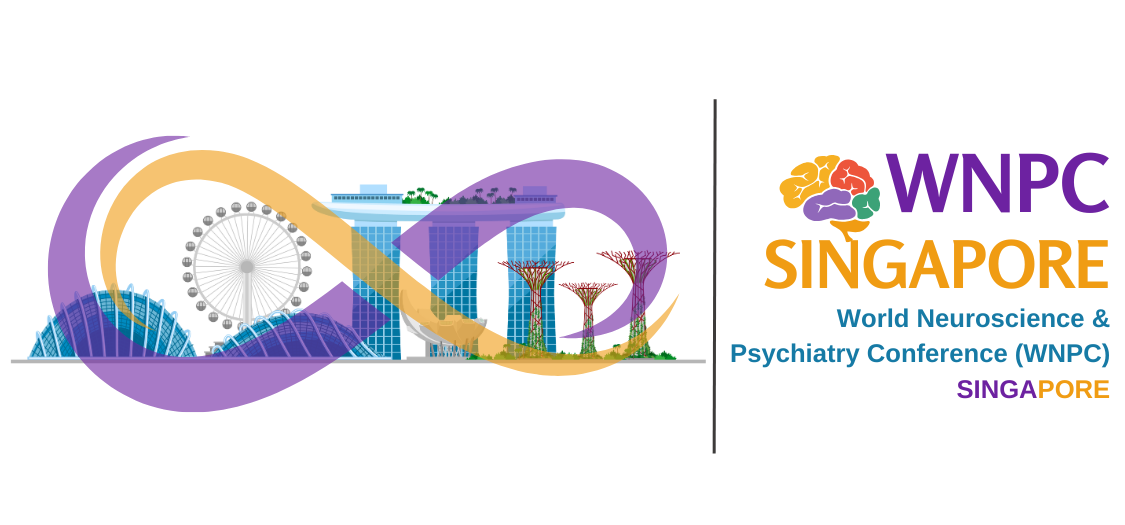
What is child development?
Child development is the stages related to the sequential manner in the progression of the child over the age from birth to adulthood both physically and mentally. Any change or obstruction in the development leads to disability or abnormality. The development is influenced by the genes and even prenatal life.
There are many factors which influence the development of a child like the social, physical, emotional. Thus, it’s a crucial task of investing the time concerns and nodes in examining the growth for the futuristic well-being. The development is a progression process, where the development in the brain of a child is seen learning, acquainting, communicating, responding takes place from the infant to adult.
Why is development important?
The diversified group of disorders and conditions that we observe in the early stages of a child and thus influencing their development for future life can be known as neurodevelopmental disabilities. We may fail to recognize and link these two important and related concepts of development and disability as professionals working in the field of developmental disability.
The kids must be observed and monitored so as to ensure that they are reaching developmental milestones. The developmental milestones are the checklists that are believed to be achieved by the child at the right time, showing the ideal development status. These results in the initial detection of any obstructions related issues. The developmental challenges can be minimized and thus development of the child’s skill, confidence, helping for further diagnosis.
Theories:
How development emerges throughout childhood, based on this there are many theories.
There are many traditional theories on the developments like Gesell’s Ethological theory (Gesell & Amatruda, 1947), Piaget’s theory on the cognitive development (Inhelder, Sinclair, & Bovet, 1974), Erikson’s psycho-social theory and learning theories are generally for the developmental process taking place in normal individuals. But none of the above-said theories illustrate the disability factors.
The learning researchers and scientists broaden the aspects of the idea that there is one universally applicable correct path for development. There are few innate processes that we inculcate during or later stages of birth. There are other factors of development like beliefs, expectations, self-perception, goals, intentions, physical structures, sensory and neural systems) and the external environment, including social influences, roles in society and the physical environment (Bandura, 1992).
Development Problems:
These may be due to factors like genetic issues, prenatal circumstances, medical factors, etc. This can be overcome by any professional doctor, providing clarity in regard to the developmental issue and then finding the concerns and solutions. The state of overcoming the developmental challenges is a pivotal challenge for further ease and conquering the gap of a child’s ability and boosting the confidence to the child and the parents.
Disability and Management:
The are many approaches in the treatment of the disabilities of a child in his/her developmental stages. There are many theories stated by scientists to overcome and are even being continuously evolving.
A child with neuro disability can be identified based on the sensorimotor problem which is a neurological based intervention. This approach of treatment is a muscle re-education, sensory integration, Vojta therapy and the neurological model for treating the motor disorders and neurological growth. The aim of programs is to study on impairments (World Health Organization [WHO], 2002) and might solve issues. A child with a disability as a child with a problem is the common picturized aspect of a child by the long-term accepted theories. They try assessing the child, difficulties, and try to solve issues for better outcomes. The traditional focus is based on interventions that show the underlying biomedical impairments.
Futuristic Aspects:
The point of view and thoughts of disability and development has initiated a change. With these new emerging perspectives, it is easy to treat children with disabilities. The science has put forth broadening on the health issues, having it as a view of complicated cases rather than a simple time concerned project. We anticipate having better opportunities in acceptance of the traditional thinking on disability beyond biomedical dimensions in present times. It is the absolute moment focussing on a child’s development with more normal aspects. We as a team along with the therapists must encourage the disabled children to participate in their own. Such actions take them into normal states promoting growth, participation and engaging life. There are numerous hopes of studies to deal with the disabled and their families.








